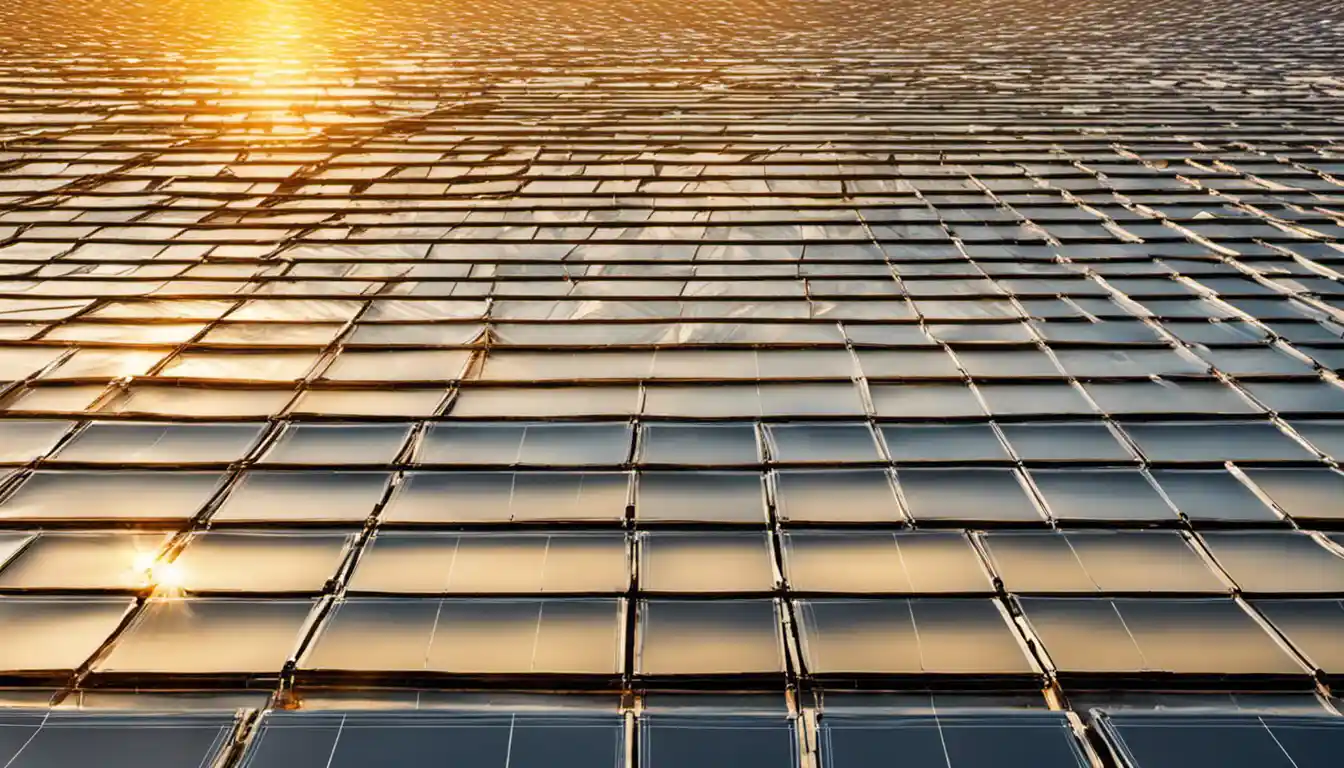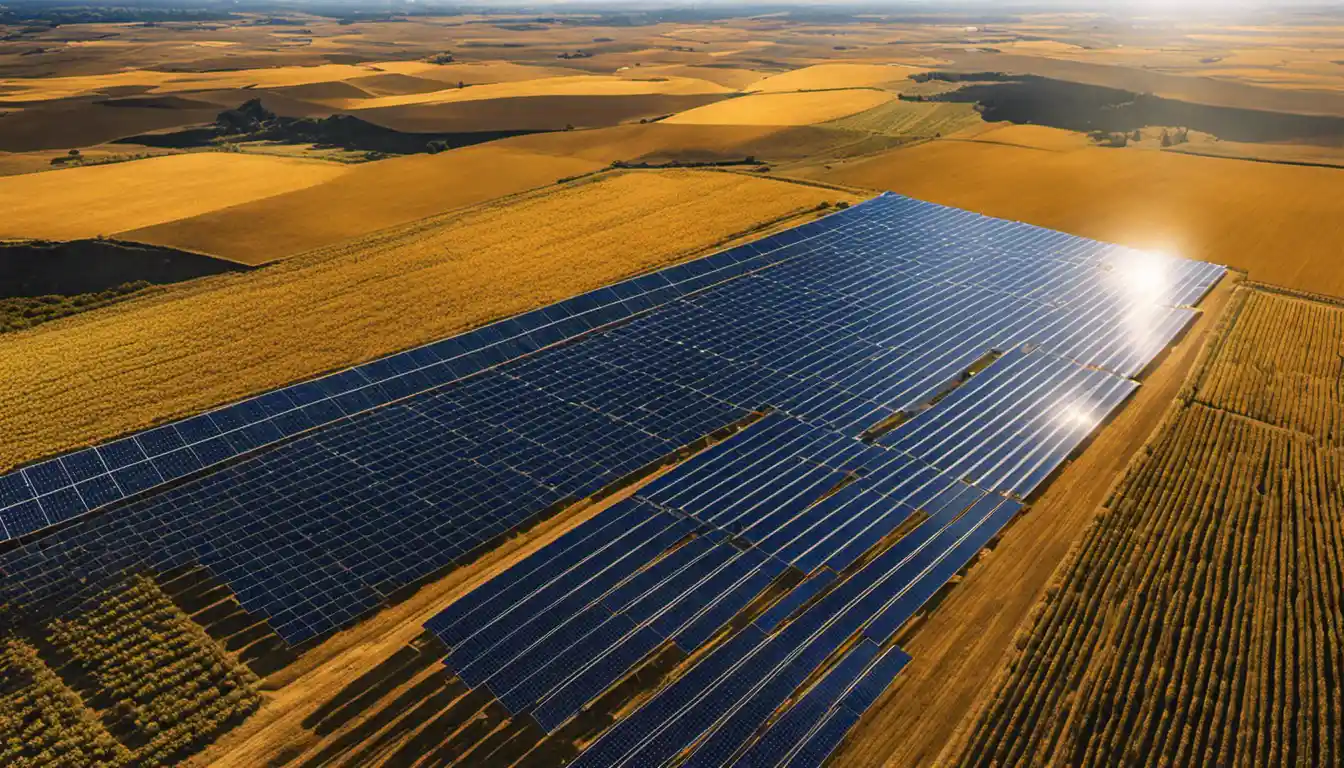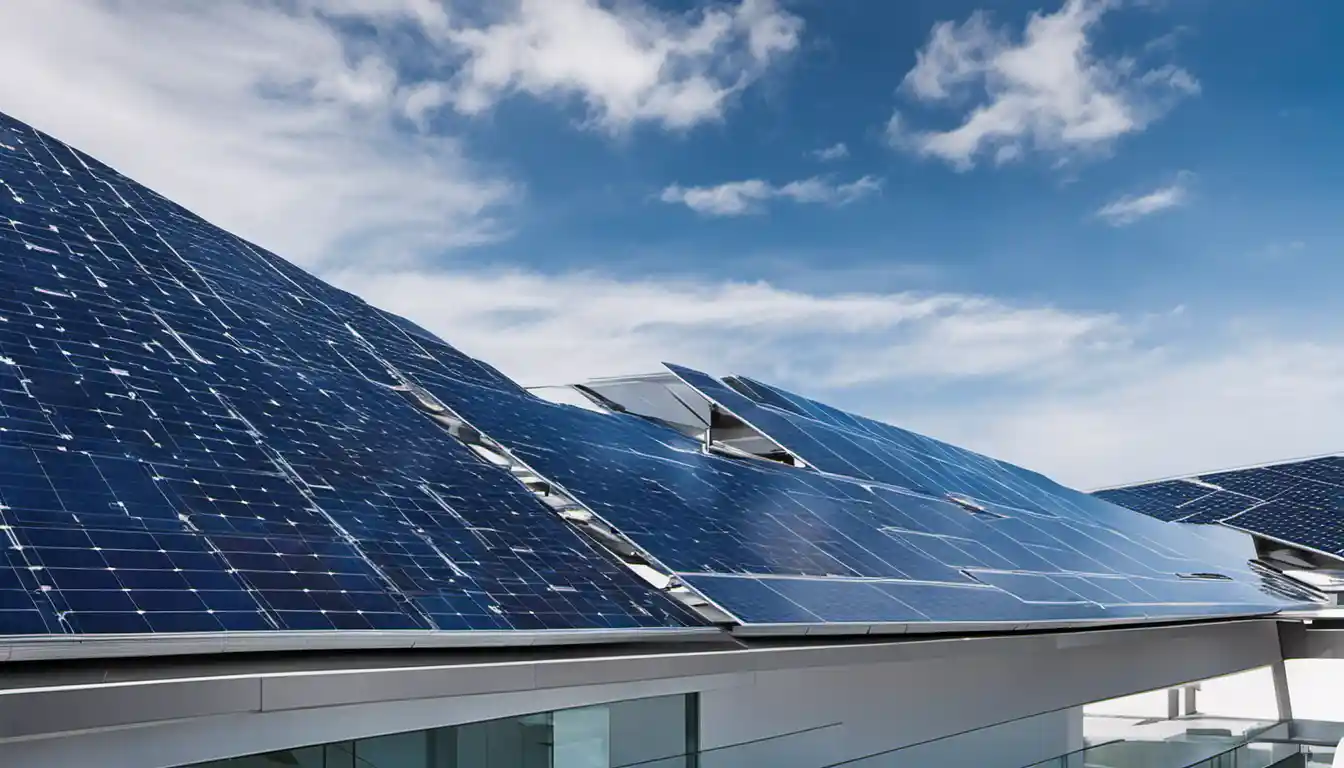Understanding Polycrystalline Solar Panels
Polycrystalline solar panels have an efficiency rate that typically ranges from 15% to 17%. Although they are less efficient than monocrystalline panels, they are more affordable and have less waste in the production process.
Definition
Polycrystalline solar panels, also known as polysilicon or multi-silicon panels, are the most common type of solar panels used in residential solar installations. They are distinguished by their bluish color and distinct squareish cells, resulting from the process of melting multiple silicon fragments together to form the wafers for the panel.
Process of Manufacture
The process of making polycrystalline solar panels begins by melting raw silicon, which is then poured into a square mold. Once cooled, this solid block of silicon comprises crystals of varying sizes and orientations, a characteristic that gives the panels their unique appearance. The silicon block is then sawed into precisely measured squares, which form the basis for individual solar cells.
Efficiency of Polycrystalline Solar Panels
Factors Affecting Efficiency
Let’s talk in detail about the efficiency of polycrystalline solar panels. A few critical factors affect the efficiency of these panels, including the temperature coefficient and the quality of silicon used.
Temperature Coefficient

The temperature coefficient is a critical attribute that determines the ongoing efficiency of a solar panel when exposed to sunlight. Just like dark-colored clothing, solar panels get hot in the sun. For polycrystalline panels, as the temperature increases from 25°C (about 77°F), their energy output decreases by 0.36%-0.4% for every degree above this threshold.
Quality of Silicon Used
Silicons form the heart and soul of solar panels. For polycrystalline panels, the use of less pure silicon slightly reduces the efficiency. That said, it should be noted that this variance is minimal and perhaps, not noticeable in daily use.
Efficiency Comparisons with Monocrystalline Solar Panels
While monocrystalline solar panels are known to be more efficient due to their higher-grade silicon usage, this doesn’t always translate to being “better.” Depending on geographical conditions and cost constraints, in many circumstances polycrystalline panels still prove to be an efficient and cost-effective solution.
Lifespan and Durability of Polycrystalline Solar Panels
Expected Lifespan
While a common question is around the lifespan of polycrystalline solar panels, the answer varies. Usually, solar panel manufacturers offer a 25-year warranty, but this doesn’t mean the panels stop working after that. On average, they can continue producing power at a relatively high output even beyond this period — often up to 30-35 years, albeit at a slightly lower efficiency.
Factors Influencing Durability and Lifespan
The durability of polycrystalline solar panels largely depends on the quality of manufacturing and the harshness of the environment where they are installed. Snow, hail, high winds, and even local wildlife can potentially damage the panels, subsequently affecting their efficiency and lifespan.
Perfect maintenance and protective measures can minimize these influences, prolonging the lifespan of polycrystalline solar panels, and optimizing their efficiency.
Advantages & Disadvantages of Polycrystalline Solar Panels

Cost-Effectiveness
One major advantage of polycrystalline solar panels is their cost-effectiveness. Polycrystalline panels are less expensive to produce because the process wastes less silicon.
Performance in High Heat Conditions
When it comes to heat resistance, polycrystalline solar panels tend to have a slightly lower heat tolerance than monocrystalline panels. This means their performance and efficiency may diminish slightly on very hot days. For this reason, they might not be the most efficient choice for very hot climates.
Aesthetic Considerations
In terms of aesthetics, polycrystalline panels have a bluish hue due to the way light interacts with the silicon crystals within each cell. Some people find this less desirable than monocrystalline panels, which have a more uniform and sleek black look.
Practical Applications for Polycrystalline Solar Panels
Polycrystalline solar panels are suitable for a wide range of applications, especially for residential use. Given their cost-effectiveness, they make a great choice for homeowners looking to save on their electricity bills without overly concerning themselves with the efficiency rate. They’re also beneficial for large-scale installations where space isn’t a limitation, such as solar farms.
Future Trends and Projections for Polycrystalline Solar Panel Efficiency

I believe future trends in the industry will likely see an increase in the efficiency of polycrystalline solar panels. With advancements in technology and manufacturing processes, we can expect the efficiency gap between monocrystalline and polycrystalline panels to narrow.
Conclusion: Are Polycrystalline Solar Panels Worth the Investment?
By judging current trends and the competitive advantage in pricing, polycrystalline solar panels are a good investment for residential and large-scale applications, even with their slightly lower brick-to-brick efficiency compared to monocrystalline panels.
When considering the efficiency of polycrystalline solar panels, it’s essential to take into account all the factors that I’ve discussed in this guide. While there are merits to opting for a more efficient solar panel, the polycrystalline panel holds its own in the solar market due to its cost-effectiveness and competency in performance.
Remember, knowledge is power when making a decision about solar energy. If you want to delve deeper into this subject, check out our comprehensive guide on polycrystalline solar panels.
Frequently Asked Questions
In our aim to build a comprehensive guide, we’re also addressing some of the frequently asked questions related to this topic:
How to increase polycrystalline solar panels efficiency?
Ensuring the solar panels are free of obstructions such as dust or snow, installing them at an optimal angle to the sun, and keeping them cool can aid in maximizing their efficiency.
What is an ideal setting for maximum efficiency of polycrystalline solar panels?
The ideal location would be a sun-rich region with mild temperatures. However, they’re also well-suited for cooler regions with sufficient sunlight.
How do polycrystalline solar panels compare to other types in terms of efficiency?
Monocrystalline solar panels typically have a slightly higher efficiency rating than polycrystalline panels. However, when considering cost-effectiveness and environmental impact, polycrystalline solar panels often emerge as the more sustainable choice.
Thank you for joining me in this journey of understanding the nuances of the efficiency of polycrystalline solar panels. By arming yourself with this knowledge, we can all march forward towards a greener and more sustainable earth.



